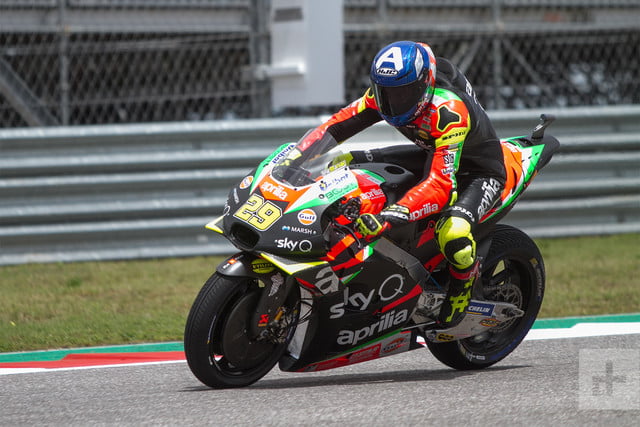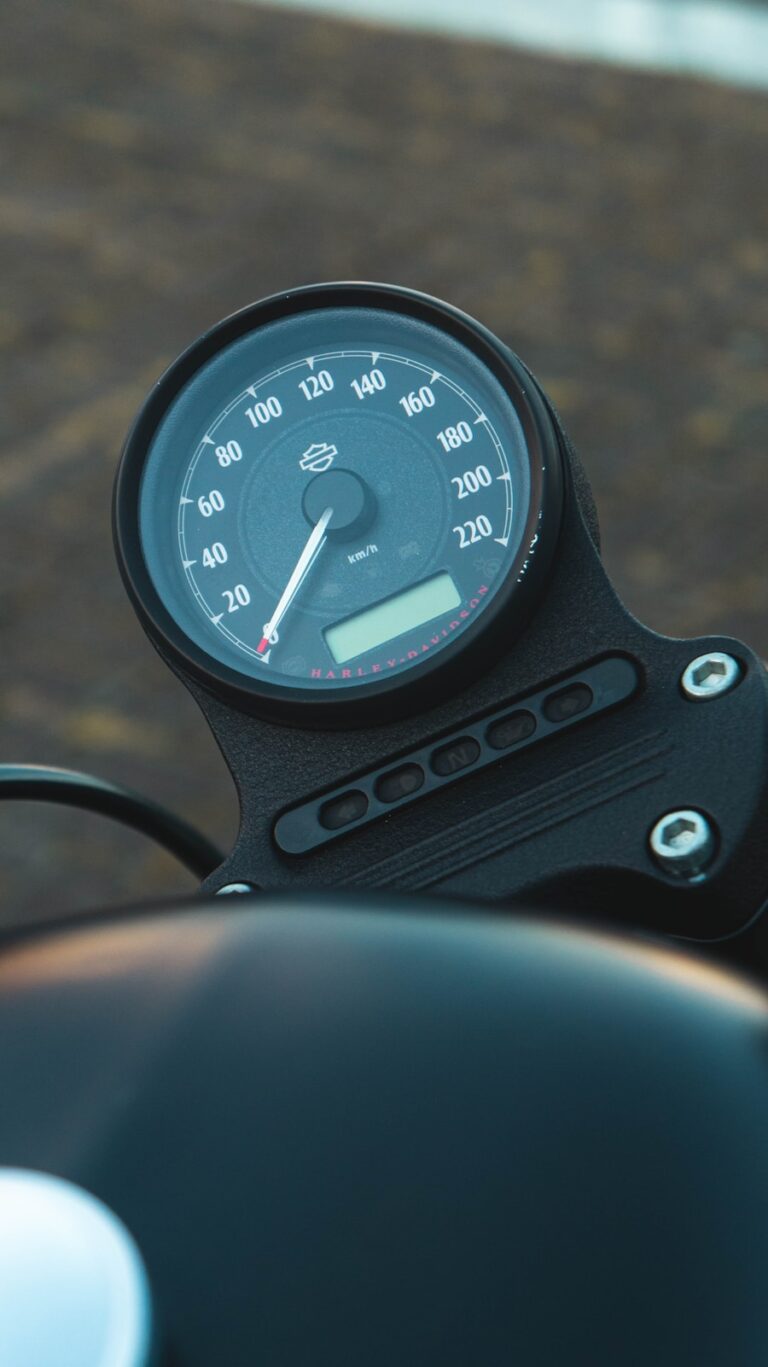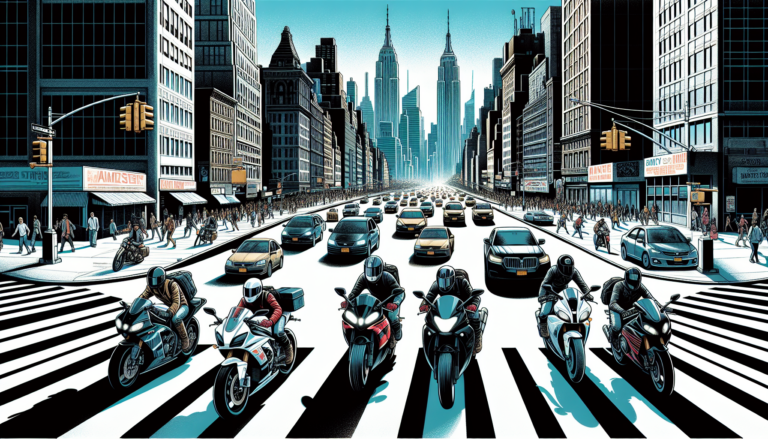The moments before a MotoGP race are tense and calculated.
Prayers are said, routines are followed, and rituals are performed as some of the best athletes in the world prepare to harness the freakishly powerful bikes that mere mortals can only dream of reigning in. The speed, G-forces, and strategies that go into this race are heavily influenced not just by the riders, but the bikes themselves — and the technology that drips from every angle of their bespoke frames and bodies — can be the deciding factor in who makes it to the podium.
Digital Trends was on site in Austin, TX for the third round of the 2019 MotoGP season to learn more about the latest advancements in motorcycle racing tech with the Red Bull KTM Factory MotoGP team. Here’s what we found.
Aerodynamics
The advent of aero has been a long time coming to MotoGP. With the automotive world utilizing spoilers and air dams since the 1960s, it was only a matter of time before the premier class of motorcycle racing got some winged enlightenment.
Each team has come to its own conclusions on how best to eek out the extra grip that comes with harnessing the power of the wind. As a result, we now see bikes with completely different looks — from Honda’s squared foils to Suzuki’s flowing curves to Ducati’s gaping tunnels, aerodynamic motorcycle design has never been so varied and dramatic.
In the end, we let the rider prioritize those aspects to find the best compromise for him.
“We are using an iterative process involving all areas: computational fluid modeling, wind tunnel, [and] track testing.” said Sebastian Risse, Technical Director for the MotoGP Red Bull KTM factory team. “Each has its strong and weak points, and the final conclusion we can only draw in track testing.”
In more digestible terms, Risse uses both real world and virtual means to test and refine the design, but one of the largest factors is the rider’s preference. “The aero configuration is always a compromise between drag/top speed, downforce, stability, and rider comfort. A racing motorcycle, in the end, is just a tool for an athlete — and we support our riders. In the end, we let the rider prioritize those aspects to find the best compromise for him. In particular, he has to feel well on the bike, and be able to move around on the bike like he needs to, to get the maximum out of it.” This is why the designs vary so greatly from team to team. The riders dictate their needs and the manufacturers take that input, along with all the other data from computer modeling, and combine the two halves to come up with a whole bike that hopefully gets down the track just a little bit quicker than the others.
Electronics
While MotoGP riders are certainly impressive, putting all that power to the ground without any electronic aids would be nearly impossible. With traction control, a rider can put the most power down while exiting a corner and not lose traction. This is similar to the traction control that’s in most cars these days, but that’s where the similarities end. Unlike your car, MotoGP bikes regularly lean at 64 degrees — low enough that riders routinely drag their elbows around corners.
In order for elbow dragging to be even remotely possible, the electronics on the bikes have to contend with a myriad of factors that affect traction and make on-the-fly adjustments in milliseconds. Everything — from the size of a tire’s contact patch to the weight distribution of the bike, to the shifting body of the rider — has to be calculated thousands of times per second. It’s absolutely mind-boggling.
Electronics also aid riders in strategy. Every track is different and therefore requires a different style of riding, so both the engineers and riders have to adjust to each track’s conditions. “There are thousands of parameters and maps in the engine control unit, separated for certain conditions like sector, gear, and so on,” Risse explains. “The team’s technicians define what is inside all those fields, and can link certain maps or parameters to the switches from which the rider can choose. So it’s a combination of what the engineers choose in advance and what the rider chooses on the track.”
Brakes
Almost as impressive as the ability for these bikes to gain speed is their ability to scrub it off. While steel rotors are still used for the rear brake, the two front rotors on MotoGP machines are almost exclusively carbon discs. It used to be that if the air temperature was low or it was raining, the carbon discs would get swapped out. This was because carbon discs required an ample amount of heat to be effective, and the moisture would strip that away. Now, thanks to a rather simple solution of brake rotor covers, the bikes can run carbon discs exclusively.
This might seem odd because normally, in automotive racing, heat is the enemy of braking. But with motorcycles weighing so much less, different strategies are required. When we asked Risse about the temperatures the Red Bull KTM team was running at he responded that “The carbon discs and pads start to show heavy wear from 900° [Celsius] on, so usually we try to keep the temperature below 800° and try to keep the minimum temperature above 250°, as below the bite becomes less predictable.”
To put this into perspective, that minimum temperature of 250° Celsius or 482° Fahrenheit is hotter than your car’s brakes will ever get while driving on the street (assuming you aren’t trying to run from the cops), and that’s the minimum temperature.
All that heat results in riders pulling 1.4Gs in hard braking zones. It’s true that Formula 1 drivers regularly pull three times that in their race cars, but therein lies the biggest difference. Formula 1 drivers are tucked away and strapped in, while MotoGP jockeys stay aboard their steeds using nothing more than the grip they can muster with their arms and legs.
Ultimately, the most impressive part about MotoGP isn’t the technology alone. It’s the way the teams continue to improve their machines with the riders responding to an ever-expanding threshold of possibility. Yesterday, dragging a knee was the ultimate in speed. Today, it’s dragging an elbow. Tomorrow, who knows. Whatever’s next, the spectacle of MotoGP provides viewers with an unparalleled look at a human’s ability to meld with a machine in a pinnacle of motorsport.




